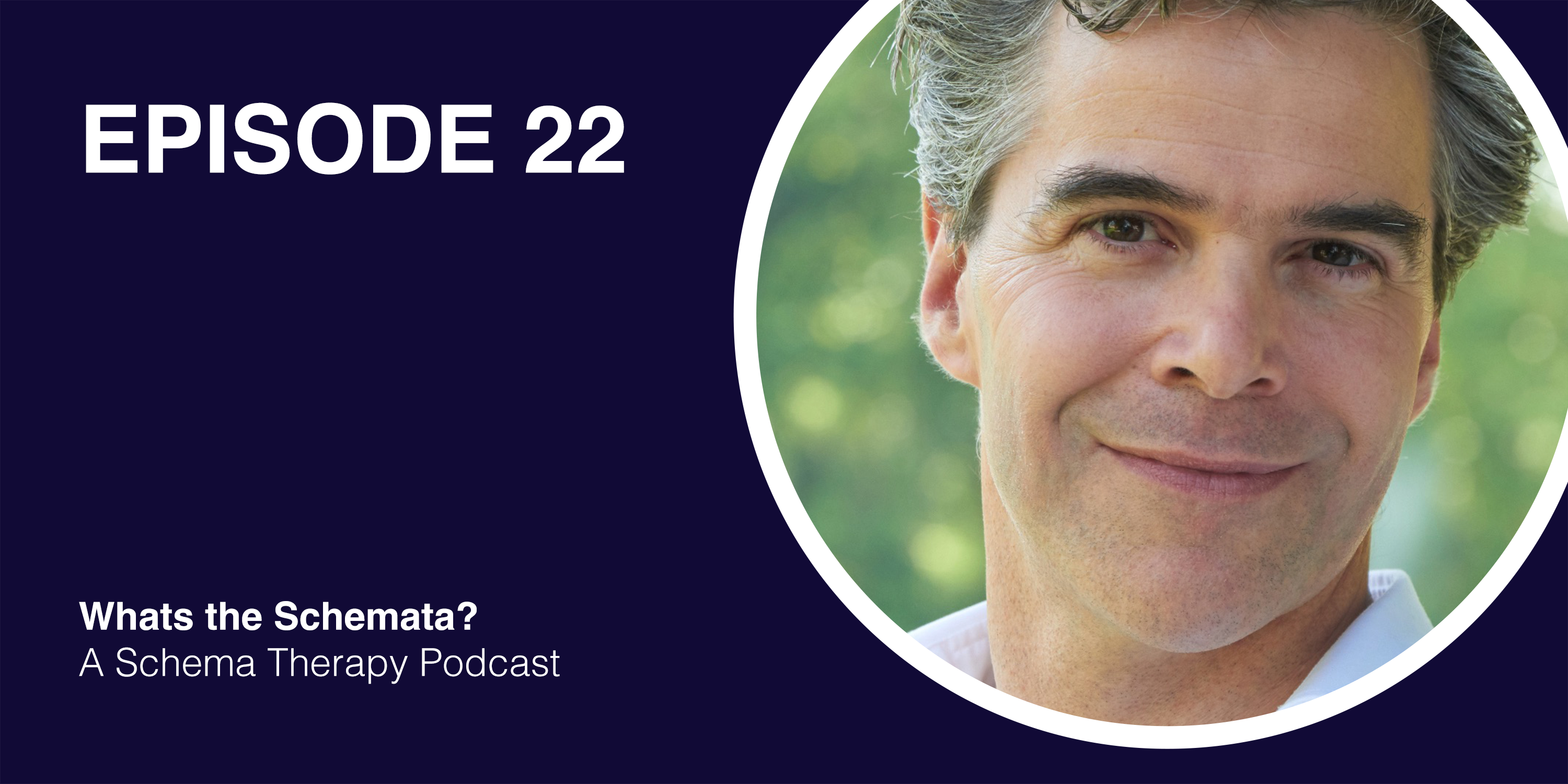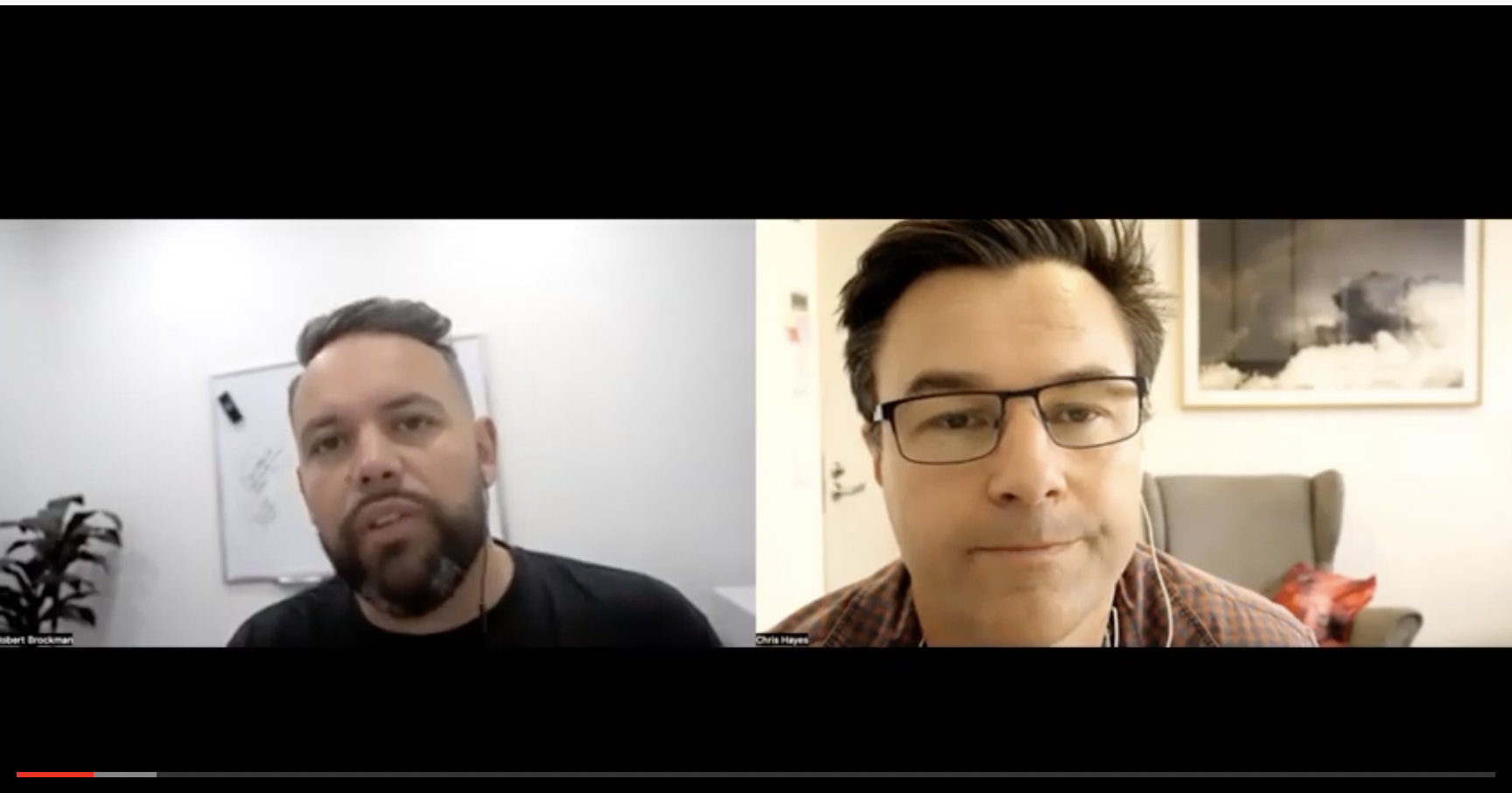Remco van der Wijngaart shares his 'tips and tricks' on our latest episode.
Did you know Remco van der Wijngaart was once Jeffrey Young's cameraman?
In this episode of 'What's the Schemata', Remco shares his origin story with hosts Rob and Chris.
Starting in CBT therapy, his trajectory shifted when he had the opportunity to work with Jeffrey Young, who founded the Schema Therapy modality.
Listen to the full episode or scroll down to find out more.
A Couple of Highlights:
- Remco shares a 3-Step Process for Enhancing Corrective Experiences.
-
Remco shares a few of his Key Metaphors that he uses to encourage clients to engage more with emotions in the sessions.
Rob Brockman and Chris Hayes invited members of the Schema Therapy Training Online Community to submit their own questions.
Thanks to everyone who contributed. Please enjoy the answers below!

How would you explain to clients the benefits of getting in touch with the vulnerable child mode?
"It's good to be clear that connecting to your emotional side is one of your goals in therapy," says Remco.
"This can be a concern for the client as they may come to you, wanting to be less angry or less anxious. So, they may not want to do this."
If emotions are what they consider the problem, Remco talks to them about their feelings being a symptom.
"If they have a headache and take a painkiller, that doesn't heal the underlying issue. Therapy is the same.
"It gives people the opportunity to do real healing."

How do you approach clients who despise their child-self?
"It starts with the question, 'who am I listening to?', the idea of having a vulnerable self may be part of a coping mode."
Remco says, "it reminds me of a patient with a very strong Parent Mode."
He goes on to explain that is part of what we all do as therapists. The method might be different depending on the modality, but identifying a state (or 'mode') and helping the patient recognise it can be a key part of the process.
"Mode language is really important in Schema Therapy because it can help patients diffuse. If patients never experience compassion, they never learn self-compassion. It's unknown territory for them."
A patient pulls a face when you show them compassion, so what do you do?
"I tell them it reminds me of my daughter pulling a face when she ate broccoli for the first time," says Remco.
"She has the same reaction. But, broccoli is not bad for you.
"Self-compassion may feel uncomfortable when it's new but it's similarly not bad for you. It just takes getting used to."
Listen to the interview in full here.
Next Blog Post > Find Schema Therapy Hacks
Watch this new series 'Schema Therapy Hacks', designed to give therapists short snippets of advice they can apply to treatment.
Free: Watch Now.

